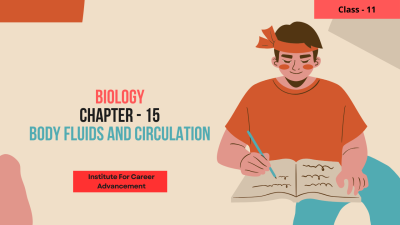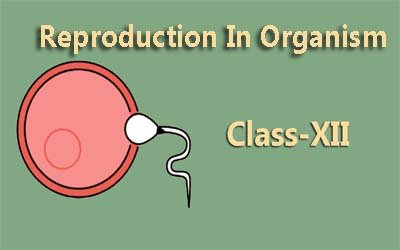Body Fluids and Circulation - Class 11
Your body is like a bustling city with constant traffic! But instead of cars, it's fluids that keep everything running smoothly. In Class 11 Biology, you'll delve into the world of Body Fluids and Circulation, exploring the essential fluids and the amazing circulatory system that transports them throughout your body. The Players: Blood: The star of the show! Blood is a fluid tissue made up of plasma (the liquid part) and cells like red blood cells (carry oxygen), white blood cells (fight infection), and platelets (help with clotting). Lymph: The lesser-known hero! Lymph is a fluid that collects waste products and transports them to the bloodstream. The Highway System: Circulatory System: This complex network of blood vessels (arteries, veins, and capillaries) carries blood throughout the body. Double Circulation: Unlike some simpler systems, humans have a double circulation system. Blood passes through the heart twice in one complete circuit, ensuring efficient delivery of oxygen and nutrients. Keeping Things Moving: The Heart: The powerful pump that keeps blood flowing through the circulatory system. Why It Matters: This intricate system is vital for delivering oxygen, nutrients, and hormones to all your cells and tissues. It also removes waste products and helps regulate body temperature. আপনার শরীর যেন একটানা যানজটের শহর! কিন্তু গাড়ির পরিবর্তে, তরল পদার্থই সবকিছু মসৃণভাবে চালিয়ে যায়। ক্লাস 11 বায়োলজিতে, আপনি দেহের তরল এবং সঞ্চালনের জগতে প্রবেশ করবেন, প্রয়োজনীয় তরল এবং আশ্চর্যজনক সংবহন ব্যবস্থা অন্বেষণ করবেন যা সেগুলিকে আপনার সারা শরীর জুড়ে পরিবহন করে। খেলোয়াড়রাঃ রক্তঃ দ্য স্টার অফ দ্য শো! রক্ত হল একটি তরল টিস্যু যা প্লাজমা (তরল অংশ) এবং লোহিত রক্তকণিকা (অক্সিজেন বহনকারী) শ্বেত রক্তকণিকা (সংক্রমণের বিরুদ্ধে লড়াই) এবং প্লেটলেট দ্বারা গঠিত। (help with clotting). লিম্ফঃ কম পরিচিত নায়ক! লিম্ফ হল একটি তরল যা বর্জ্য পদার্থ সংগ্রহ করে এবং সেগুলিকে রক্ত প্রবাহে পরিবহন করে। মহাসড়ক ব্যবস্থাঃ রক্ত সঞ্চালন ব্যবস্থাঃ রক্তবাহী জাহাজের এই জটিল নেটওয়ার্ক (ধমনী, শিরা এবং কৈশিক) সারা শরীর জুড়ে রক্ত বহন করে। ডাবল সার্কুলেশনঃ কিছু সহজ পদ্ধতির বিপরীতে, মানুষের একটি ডাবল সার্কুলেশন ব্যবস্থা রয়েছে। রক্ত একটি সম্পূর্ণ বর্তনীতে হৃৎপিণ্ডের মধ্য দিয়ে দুবার যায়, যা অক্সিজেন এবং পুষ্টির দক্ষ বিতরণ নিশ্চিত করে। জিনিসগুলি সচল রাখাঃ হার্টঃ শক্তিশালী পাম্প যা রক্ত সঞ্চালন ব্যবস্থার মধ্য দিয়ে প্রবাহিত রাখে। কেন এটি গুরুত্বপূর্ণঃ এই জটিল ব্যবস্থাটি আপনার সমস্ত কোষ এবং টিস্যুতে অক্সিজেন, পুষ্টি এবং হরমোন সরবরাহের জন্য অত্যাবশ্যক। এটি বর্জ্য পদার্থও অপসারণ করে এবং শরীরের তাপমাত্রা নিয়ন্ত্রণ করতে সহায়তা করে।
English
Last updated
Wed, 27-Nov-2024



















